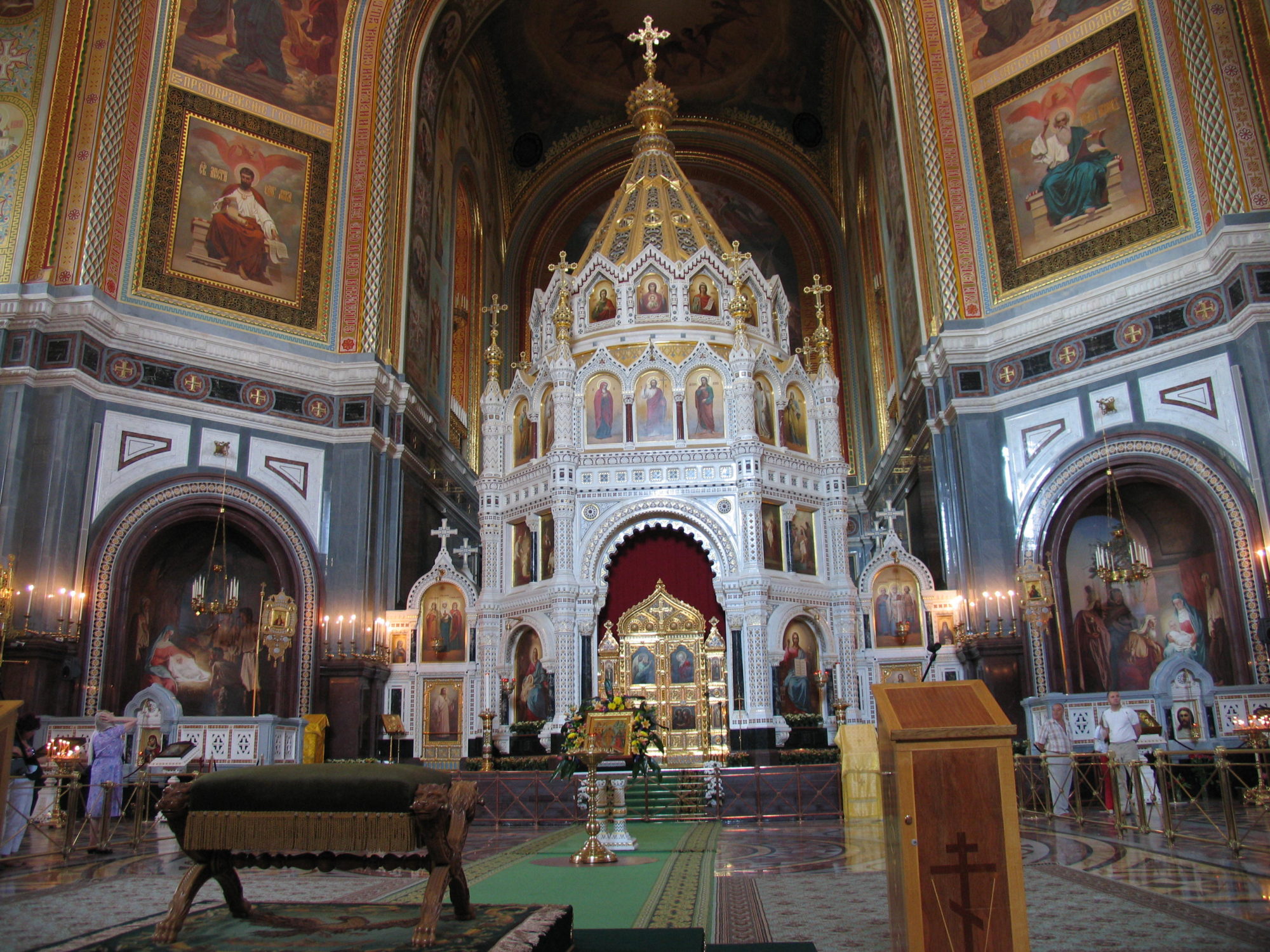“Eternal Rest” in the Musical Apices of the Roman and Slavic Funeral Traditions
It should come as no surprise that the funeral rites of both the Latin and Byzantine traditions have been, historically, fertile ground for the imaginations of musical composers. The texts of such rites and the implicit sobriety of the Christian memento mori allows for a musical setting which explores the depth of human emotion in the face of the radical juxtaposition of the reality of death, on the one hand, and the doctrine of the resurrection, on the other.
In the Roman tradition, the requiem (rest) mass is the normative funeral service. At first composers engaged the texts in their liturgical contexts. But over time they began to treat the requiem as an independent musical form separate from the mass itself. In imitation of this Western development, Russian composers too began to treat the панvхида (panikhida; vigil – as an aside, there are actually multiple services which have historically laid claim to this title, for the sake of brevity I will treat them as one given their similarity) as an appropriate object for their creative consideration.
In their liturgical contexts, the two services are structurally diverse. Where the requiem of the Latin tradition is a full Eucharistic celebration, the панvхида is an independent service styled after the Byzantine form of matins. Owing to their distinct structures, each service reaches its apex at a different point. For the requiem, the climax is – rightly – found at communion; styled musically in the hymn Lux Aeterna. In the панvхида, where no communion is provided, the apogee is summited by the hymn вѣчьнаꙗ памѧть (Vechnaya Pamyat; Memory Eternal) which occurs at the conclusion of the service immediately following the benediction.
Despite the contrasting structures of their broader contexts, both of these hymns have markedly similar texts:
Lux Aeterna
Shine light eternal on them, O Lord,
with your saints forever, for you are merciful.
Grant rest eternal to them, O Lord,
and shine light perpetual on them,
with your saints forever, for you are merciful.
ВѢЧЬНАꙖ ПАМѦТЬ
Grant rest eternal in blessed repose, O Lord,
to Thy servants have fallen asleep,
and make their memory to be eternal.
Memory eternal!
Memory eternal!
Memory eternal!
The primary thematic difference between the two texts is that “eternal light” (and the refrain) is replaced by “eternal memory.” The Slavonic text (eternal rest/memory) is a synthesis of the Latin (eternal light/rest) and the Greek (eternal memory) liturgical texts.1 Where the Greek tradition focuses on the terminology of Psalms 88:5 and the Latin tradition on 4 Esdras 2:34-35, the Slavic tradition mixes the terminology of both.
In conclusion we will sample two 19th-20th century musical settings of these texts. The Lux Aeterna is the product of two composers: Sir Edward Elgar and John Cameron. Elgar (b. 1857) had composed the original theme – Enigma – which he used for his Variations on an Original Theme; first performed in 1899. However, it was Cameron (b. 1944) who recognized the potential of the ninth variation, Nimrod, when set to voice with the text of Lux Aeterna.
For the Slavonic setting of вѣчьнаꙗ памѧть, we will consider the work of Pavel Chesnokov – who reposed in the year of Cameron’s birth. Chesnokov, as choirmaster of the Moscow Cathedral, wrote hundreds of settings of sacred music before the Revolution in 1917. He then began to write secular works, but then abandoned this endeavor after the destruction of his former church. This particular setting is actually his second of the панvхида, Opus 39.
Both compositions have seen moderate usage in liturgical settings.
The Greek text, which contains only “eternal memory,” is not demonstrated in this essay.
[return]
 Храм Христа Спасителя ~ Moscow, Russia
Храм Христа Спасителя ~ Moscow, Russia